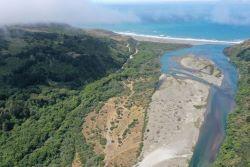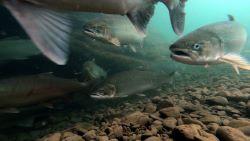Related Stories
- Nine years of partnership pays off: Fitzhugh Creek Meadow restoration achieves dramatic results
- Stewardship and smiles at Samoa Dunes: BLM California hosts National Public Lands Day event
- Lake Havasu Fisheries Improvement Program is the gift that keeps giving
- BLM Eastern States enhances campsites on Black Duck Lake
- Partnership drives ongoing habitat restoration in Muddy Creek watershed



